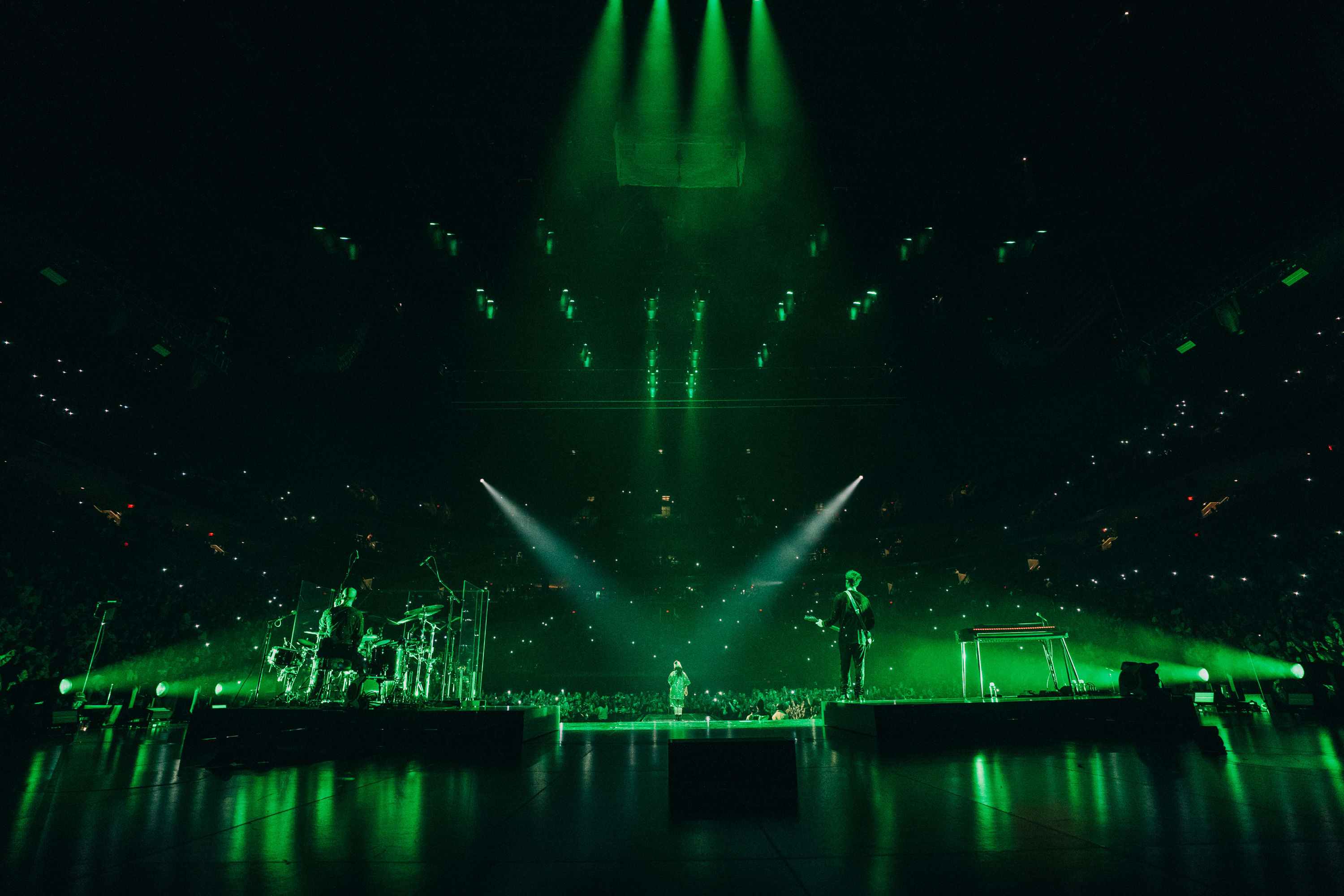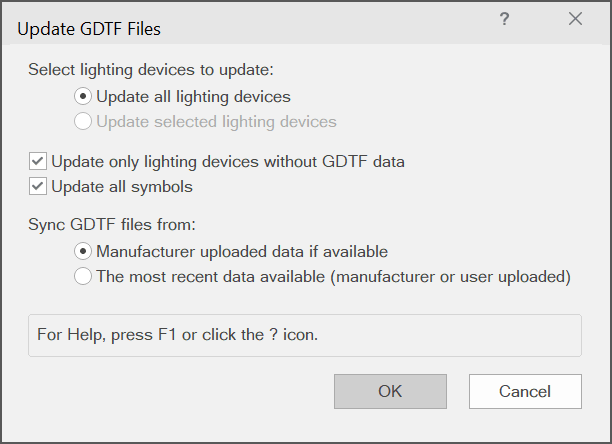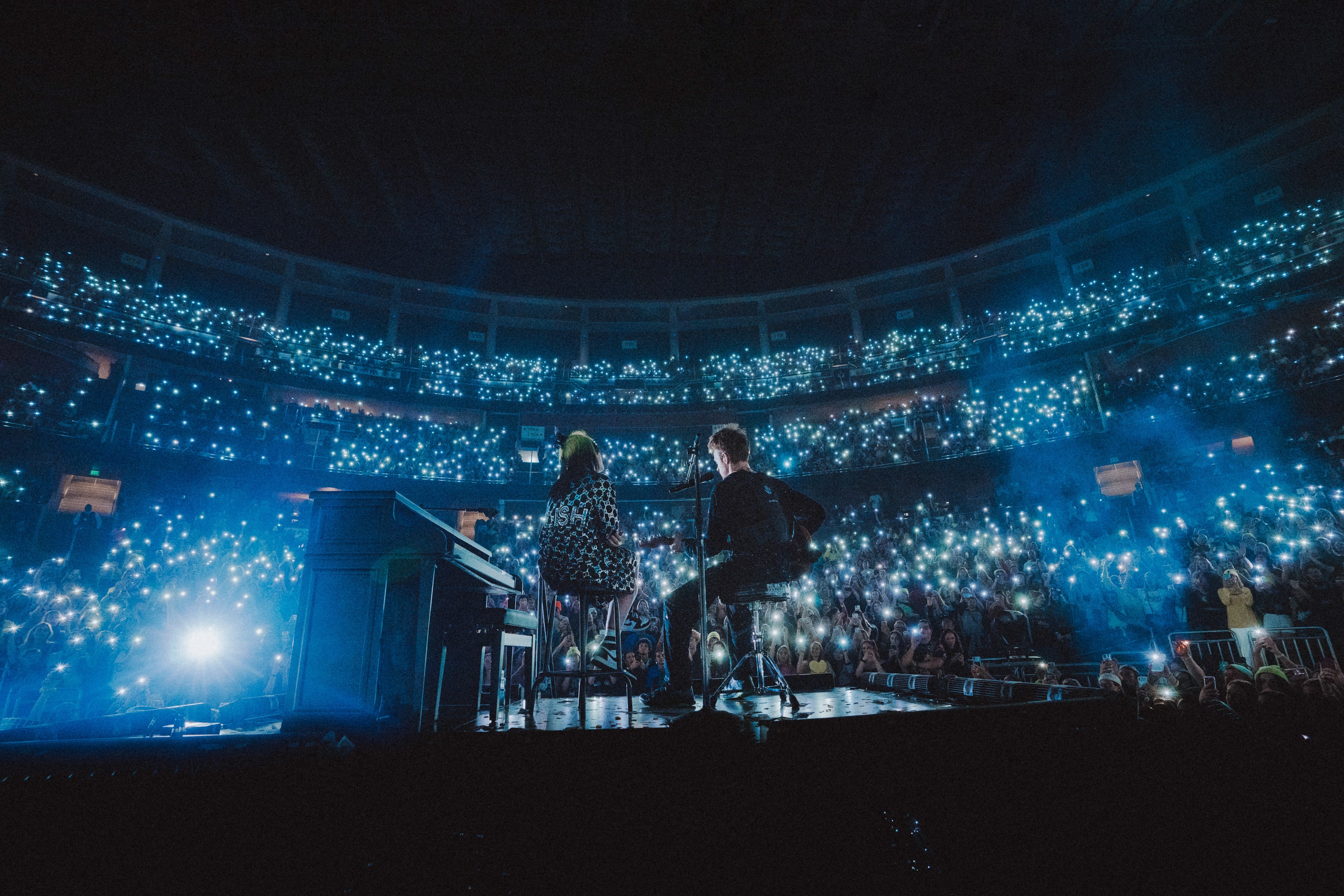
If you’ve ever struggled with sharing your lighting designs or keeping fixture data consistent across platforms, you’re not alone. The entertainment industry’s fast pace and demand for seamless collaboration mean you need tools that just work without the headache of reformatting files or losing critical information.
That’s where GDTF (General Device Type Format) and MVR (My Virtual Rig) come in. And, Vectorworks Spotlight puts these open standards right at your fingertips.
Let’s dive deeper.
Why GDTF and MVR Matter for Your Workflow
Traditional file formats just aren’t built for the unique needs of entertainment and live events. When you use generic formats, you risk losing essential data about your fixtures, trusses, and media servers, all of which are details that are critical to your show.
Vectorworks, MA Lighting, and Robe Lighting created GDTF and MVR specifically to solve these problems. They give you and your collaborators a common language for devices and a streamlined way to share your designs, no matter what platforms they use.
With GDTF, you can describe every detail of a fixture or device in a single, comprehensive file. MVR takes it further by packaging your entire Vectorworks design, including all linked GDTFs, so you can hand off your project to a previz program, a control console, or a colleague, and know that everything will just work.

Key GDTF Workflow Features in Vectorworks Spotlight
Direct Access to GDTF Share
Vectorworks Spotlight connects you directly to the GDTF-Share site, so you can search for fixture types and download GDTFs right into your design. If a manufacturer’s GDTF is available, it automatically links to your lighting device.
If you need something custom, you can swap in your own GDTF file at any time.

Automated GDTF Updates
The Update GDTF Files command is a real time-saver. It searches the GDTF Share, downloads the latest files, and links them to your fixtures based on their mapping records. You decide which fixtures to update and whether to keep existing modes or replace them. This keeps your design current without the manual hassle.

MVR Export Made Simple
When you’re ready to share your design, exporting as an MVR file is effortless. All your update options are available during export, so you can send your project to a colleague or another application with confidence that every fixture and detail is included.

Custom GDTF Creation and Editing
Spotlight supports custom GDTF creation through the web-based GDTF Fixture Builder. Whether you’re a manufacturer or a designer with unique needs, you can build and edit GDTFs, then use them directly in your Vectorworks workflow.
Solving Real-World Entertainment Design Challenges
You may know how frustrating it is to juggle multiple file types and lose data when moving between design, previz, and control systems. GDTF and MVR eliminate these headaches by:
• Keeping all your device data, geometry, and parameters intact across platforms
• Making it easy to update fixtures with the latest manufacturer data
• Letting you use custom or manufacturer GDTFs as your project demands
• Allowing you to share your design with colleagues or external apps without extra steps or missing information
According to Jeremy Powell, Vectorworks' chief marketing officer, these revolutionary file formats are breaking down the long-standing barriers of entertainment design. “We see GDTF and MVR as a gateway to unifying the industry,” he said.
How to Get Started with GDTF and MVR
With GDTF and MVR integrated into Vectorworks Spotlight, you can focus on your creative vision instead of wrestling with file formats. Your workflow becomes faster, more reliable, and ready for whatever the next show throws your way. To get started:
1. Model your scene in Vectorworks Spotlight as usual.
2. Use the Update GDTF Files command (Spotlight menu > GDTF) to link the right GDTFs to your fixtures.
3. Access the GDTF Share directly from within Spotlight to find, download, or import GDTFs.
4. Export your design as an MVR file when you’re ready to collaborate or move to previz.
5. If you need a custom fixture, use the GDTF Fixture Builder and import your file into Spotlight.
Powering Billie Eilish’s World Tour with GDTF and MVR

Image courtesy of Infinitus Vox. Photography by Matty Vogel.
GDTF and MVR’s ability to unify the industry is trusted by some of the biggest names.
In this webinar on Vectorworks University, Tony Caporale, lighting designer at Infinitus Vox, shares how MVR and GDTF helped him create the award-winning lighting design for Billie Eilish’s Where Do We Go? World Tour.
Click the button below to discover how using a combination of MVR and GDTF allowed Caporale to create a more unified workflow while keeping his focus on his design, not the tedious task of adapting new fixtures and devices in the lighting industry.
“POWERING BILLIE EILISH’S WORLD TOUR WITH GDTF/MVR”
WATCH THE WEBINARFeatured image courtesy of Infinitus Vox. Photography by Matty Vogel.
Stay in the know with the latest insights
Subscribers receive news, customer stories, success and learning tips, event information, and other important announcements from Vectorworks.
By submitting this form, you agree that Vectorworks, Inc. and its authorized partners may contact you in regards to news, offers, and the use of our software, services, and platforms. Learn more about our privacy practices and your data on our privacy page.*